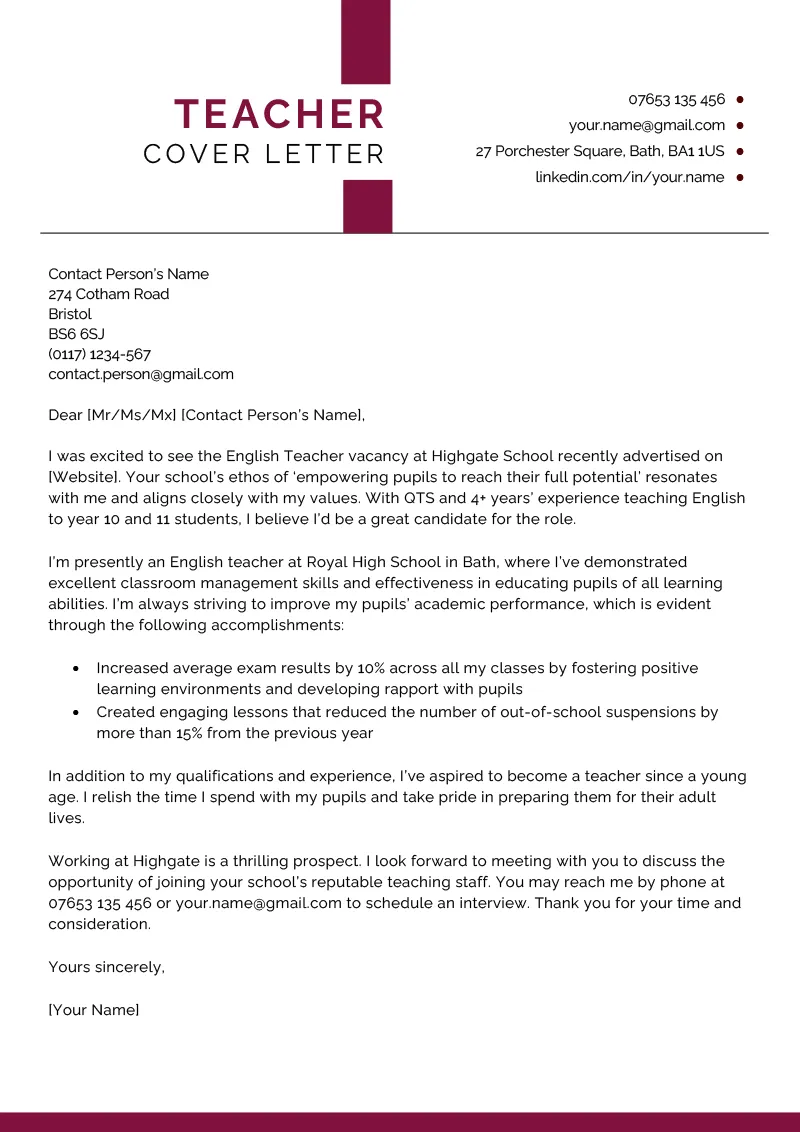Why a Teacher Cover Letter Matters
In the competitive world of education, a well-crafted teacher cover letter can be your golden ticket to landing your dream job. It’s your first opportunity to make a strong impression on the hiring committee, going beyond the information presented in your resume. A compelling cover letter allows you to showcase your personality, passion for teaching, and unique qualifications, setting you apart from other applicants. It’s where you can explain why you are the perfect fit for the specific school and position. It provides context to your resume, elaborating on your experiences and highlighting your key skills in a way that a resume alone cannot. A well-written cover letter can significantly increase your chances of getting an interview, providing a crucial advantage in the job application process.
The Core Components of a Teacher Cover Letter
A successful teacher cover letter comprises several key elements that work together to create a compelling narrative. Understanding and effectively incorporating these components is crucial for making a positive impact. Your cover letter should follow a professional structure, easy to read, and directly address the job requirements. Each section should be tailored to highlight your strengths and match the specific needs of the school or district. A strong cover letter is concise and focused, ensuring the reader can quickly grasp your qualifications and enthusiasm. Avoid generic content and include specific examples that demonstrate your abilities. Remember that a teacher cover letter is your opportunity to sell yourself as the best candidate.
Contact Information
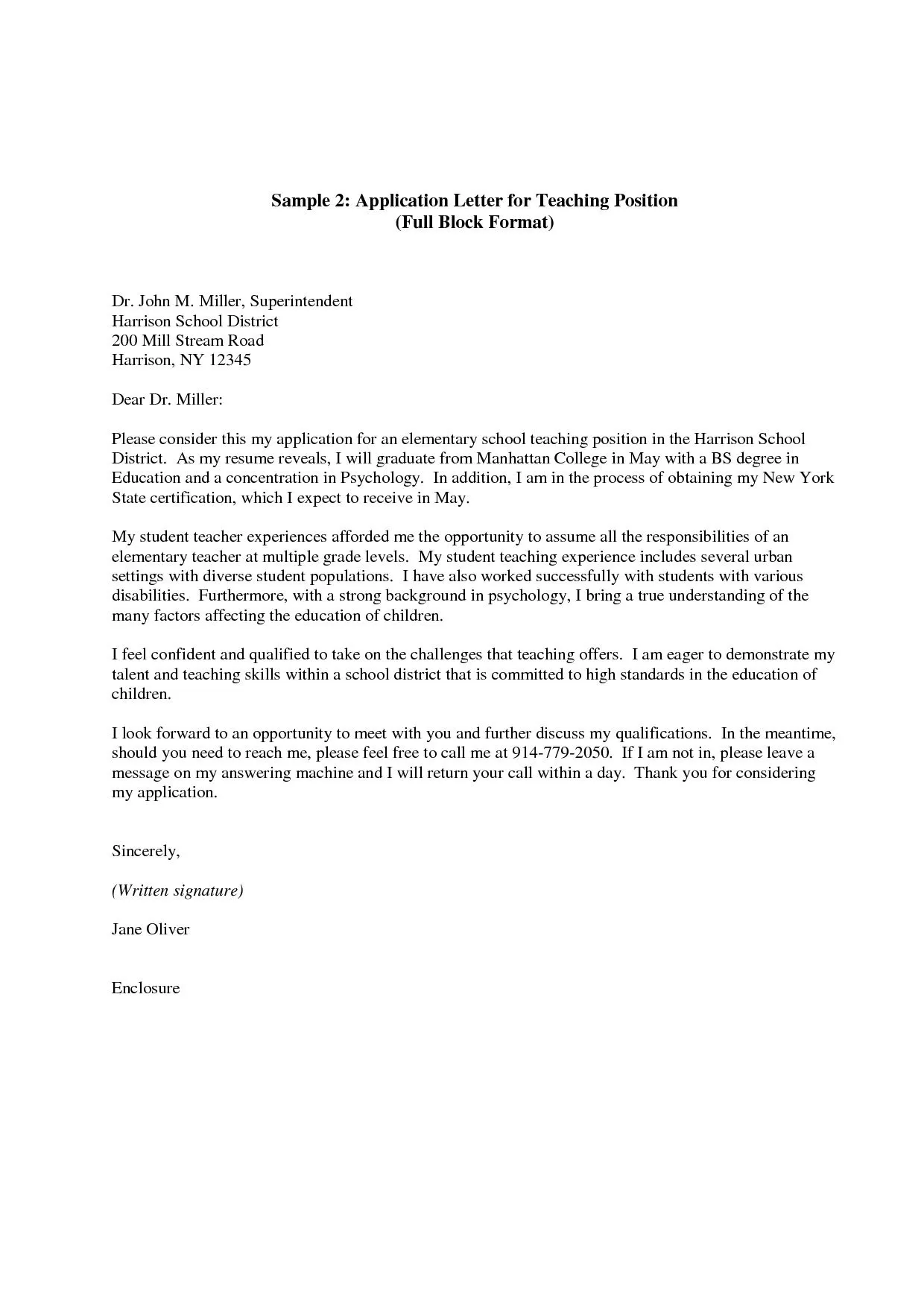
Start with your contact details at the top. This includes your full name, address, phone number, and professional email address. Ensure your email address is professional; avoid nicknames or informal language. The contact information allows the school to easily reach you for an interview or further inquiries. Make sure the formatting is clear, easy to read, and matches the professionalism you want to convey. Proofread this section carefully, as any errors could prevent the school from contacting you. Consider using a simple and clear font for readability.
Personalized Greeting
Addressing the hiring manager or principal by name is crucial. If possible, research the name of the person responsible for hiring. Addressing the cover letter to a specific person shows that you’ve taken the time to personalize your application. It shows respect and demonstrates your genuine interest in the school. If you cannot find a specific name, using a general greeting, such as “Dear Hiring Committee,” is acceptable, but always try to find the correct name. It is always better to personalize your greeting. Personalizing the letter is the first step in getting the reader interested in you.
Opening Paragraph Crafting
The opening paragraph is your hook; it should grab the reader’s attention immediately. Clearly state the position you are applying for and where you found the job posting. Briefly highlight your key qualifications or experiences that make you an ideal candidate. Express your enthusiasm for the role and the school. Briefly mention your passion for teaching and your ability to make a difference in students’ lives. Make a strong, confident statement about your interest in the school and the teaching opportunity. This initial impression sets the tone for the rest of the letter, so make it count.
Highlighting Your Teaching Skills
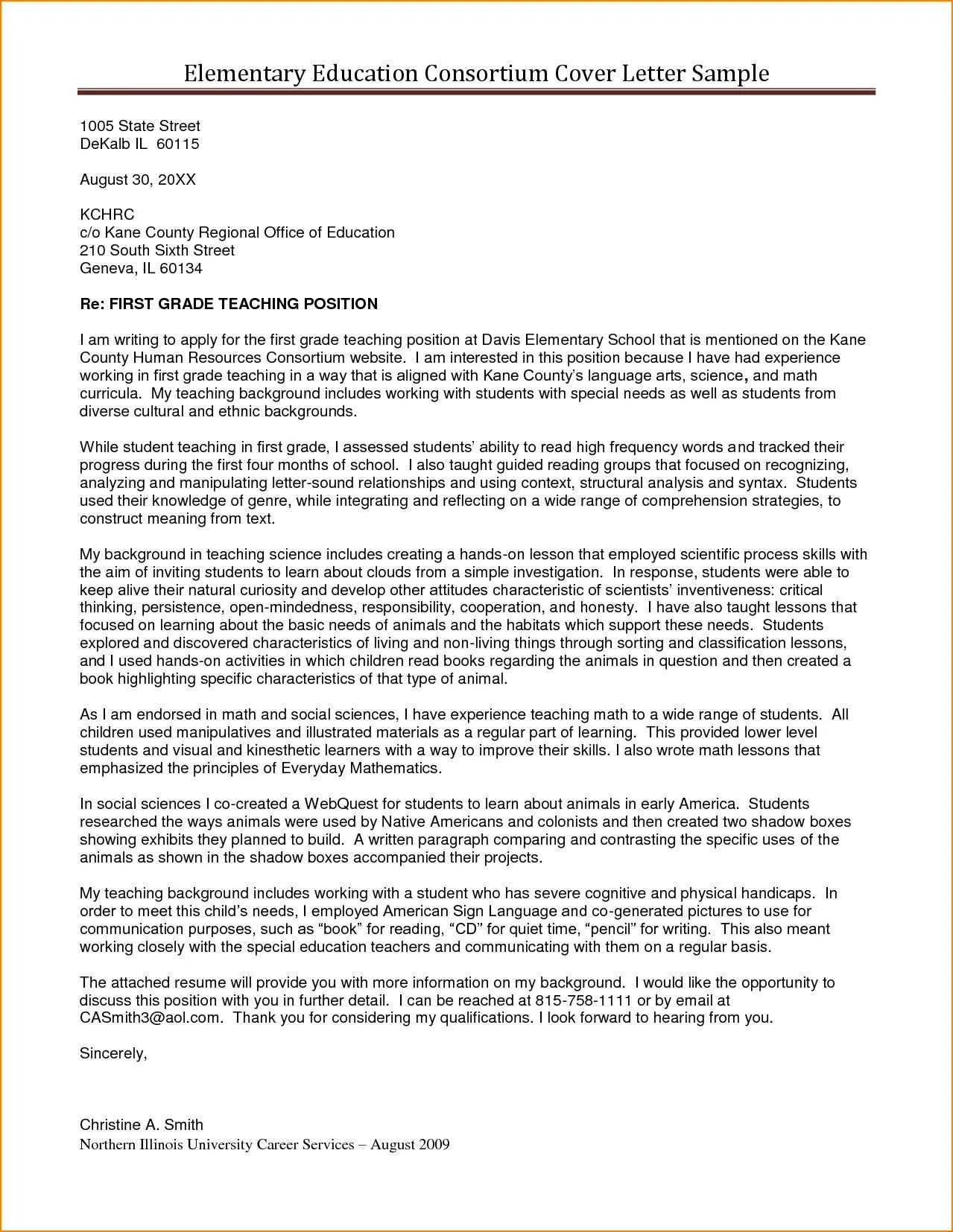
Emphasize your core teaching skills in the body of your cover letter. Focus on skills that align with the job description and the school’s needs. Provide concrete examples that illustrate how you have successfully used these skills in the past. Mention skills such as classroom management, lesson planning, curriculum development, differentiated instruction, and assessment. Include relevant certifications or training you have completed. Show your skills through specific achievements, demonstrating how you have improved student outcomes or created positive classroom environments. Make sure the skills you highlight match the specific job requirements.
Showcasing Your Classroom Experience
Provide details about your previous teaching experiences, including the grade levels and subjects you have taught. Describe your responsibilities and accomplishments in each role. Highlight any unique programs or initiatives you have been involved in. Mention any positive feedback you received from students, parents, or supervisors. Demonstrate how your experiences have prepared you to excel in the new role. Focus on your accomplishments and the impact you have had on your students. Use action verbs to describe your contributions and highlight successful outcomes.
Quantifying Achievements
Instead of simply listing your responsibilities, quantify your achievements whenever possible. Use numbers and data to demonstrate your impact. For example, mention the percentage increase in student test scores, the number of students who participated in a project, or the reduction in disciplinary issues. Providing concrete examples makes your claims more credible and memorable. Numbers and statistics demonstrate your ability to achieve results and have a real impact. Quantify your accomplishments to make your claims more persuasive and memorable.
Demonstrating Passion and Enthusiasm
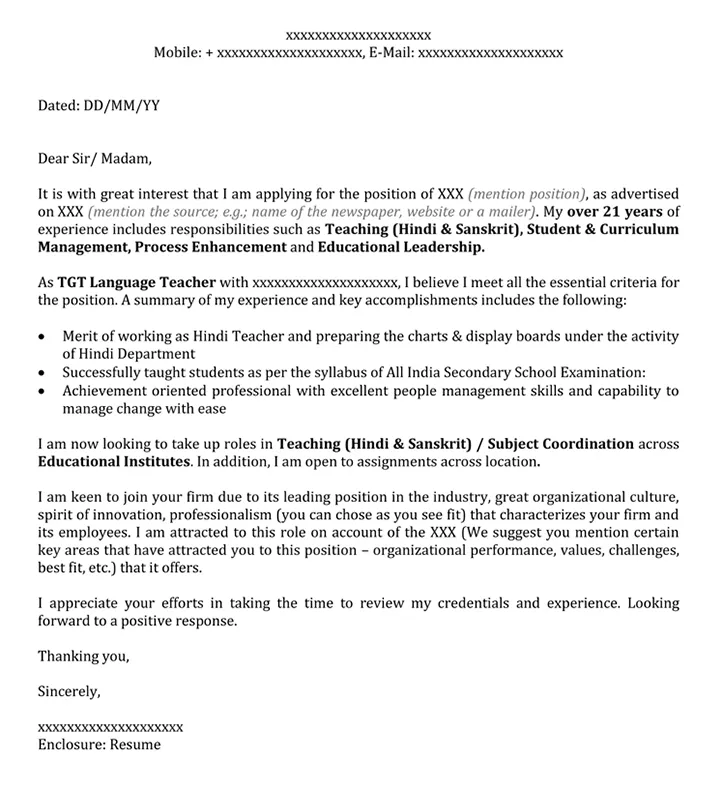
Show your enthusiasm for teaching and your genuine interest in the school and students. Share why you are passionate about education and what motivates you to be a teacher. Mention any specific aspects of the school’s mission, values, or programs that resonate with you. Describe how you plan to contribute to the school community. Your passion should shine through in your writing and should be genuine. Demonstrate your enthusiasm to create a connection with the reader. Passion for teaching can make you stand out from other applicants.
Mentioning Professional Development
Highlight any professional development activities, workshops, or courses you have completed. Mention any certifications or licenses you hold. Show your commitment to ongoing learning and professional growth. Demonstrate your willingness to stay up-to-date on the latest teaching methods and educational trends. Focus on any development opportunities that align with the school’s needs or the job requirements. This shows your dedication to professional development and constant improvement.
Cover Letter Formatting and Design
The appearance of your cover letter is essential in making a good first impression. A well-formatted and designed cover letter demonstrates professionalism and attention to detail. Ensure the formatting is clean, easy to read, and visually appealing. Formatting influences how the reader perceives your content. The layout should enhance the readability of your letter. Make the letter visually appealing and easy to read, with enough white space.
Font Selection and Readability

Choose a professional and easy-to-read font like Times New Roman, Arial, or Calibri. Keep the font size between 11 and 12 points for optimal readability. Avoid using overly decorative or unusual fonts that can distract the reader. Use consistent formatting throughout the document, including font style, size, and spacing. Make sure your font is readable, professional, and easy on the eyes. Proper font selection can significantly improve the readability and impact of your letter.
Proofreading and Editing
Carefully proofread your cover letter for any grammatical errors, spelling mistakes, and typos. Errors can create a negative impression and undermine your credibility. Ensure your writing is clear, concise, and free of any errors. Read your cover letter out loud to catch any awkward phrasing or mistakes. Ask a friend, family member, or career counselor to proofread your letter. Before submitting, double-check every detail. This demonstrates your attention to detail and your commitment to quality.
Tailoring to Specific Job Roles
Tailoring your cover letter to the specific job role is important. Generic cover letters often fail to make a strong impression. Research the job description and highlight the skills and experiences most relevant to the position. Customize your letter to address the specific requirements and preferences of the school or district. Showing how your qualifications align with the needs of the school is crucial. Tailoring makes your cover letter more compelling. Make each cover letter specific to the job requirements.
Addressing Specific School Needs
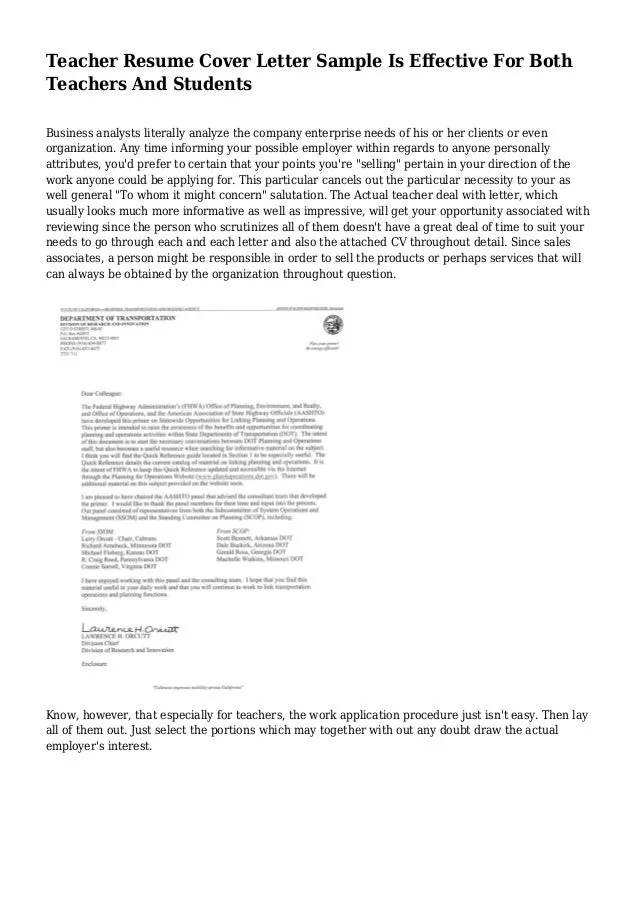
Show that you understand the school’s mission, values, and specific needs. Mention any programs, initiatives, or values that resonate with you. Demonstrate how your skills and experiences align with the school’s priorities. This shows that you have researched the school and are genuinely interested in joining their community. Address any specific requirements mentioned in the job posting. Tailor your letter to align with the school’s unique attributes and values. Show a genuine interest in the specific school and the needs of the students.
Keywords and Phrases for Applicant Tracking Systems
Many schools use Applicant Tracking Systems (ATS) to screen applications. To increase your chances of being noticed, use keywords and phrases from the job description in your cover letter. Incorporate relevant terms and phrases throughout your letter. This ensures that your application is recognized by the ATS and moves to the next stage of the process. Carefully review the job description for important keywords. Use these terms in your cover letter in a natural and contextually appropriate manner.
The Closing Paragraph
The closing paragraph should summarize your key qualifications and reiterate your interest in the position. Express your enthusiasm for the opportunity to contribute to the school. Thank the hiring manager for their time and consideration. Make sure the closing paragraph reinforces your key strengths and your interest in the role. It’s your last chance to leave a positive impression.
Expressing Gratitude and Interest
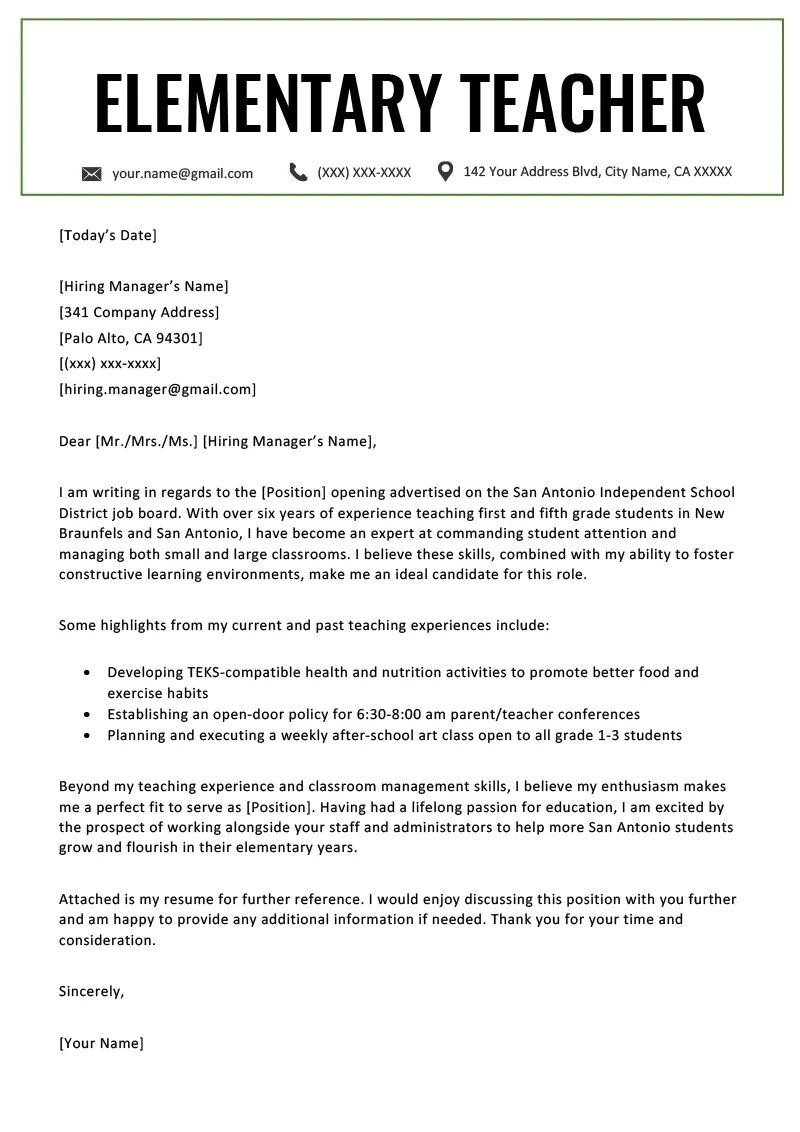
Express your gratitude to the hiring manager for considering your application. Reiterate your interest in the position and the school. Emphasize your enthusiasm for the opportunity to contribute to the school’s mission and values. Make sure your gratitude is genuine and your enthusiasm clear. Reiterate your interest in the role and your eagerness to contribute to the school community.
Call to Action and Next Steps
Include a clear call to action, such as encouraging the hiring manager to contact you for an interview. Provide your contact information again. Express your availability for an interview. Make it easy for the hiring manager to take the next step. Make the next steps clear and straightforward.
Examples of Powerful Teacher Cover Letters
Reviewing examples of successful teacher cover letters can provide valuable insights and inspiration. Many online resources offer various examples tailored to different teaching roles and situations. Analyzing effective cover letters helps you understand how to structure your letter. Studying successful letters helps you in crafting your own, personalized version. Learning from examples gives you a clearer understanding of how to showcase your strengths.
Elementary School Teacher Cover Letter
An elementary school teacher cover letter should highlight your experience in creating a nurturing and engaging learning environment for young children. Focus on skills such as classroom management, early literacy development, and differentiated instruction. Include examples of your ability to foster a love of learning and support students’ social-emotional growth. Mention specific activities or programs that demonstrate your ability to engage children and create a positive classroom culture. Tailor your cover letter to match the school’s focus, such as early childhood education or STEM programs.
High School Teacher Cover Letter
A high school teacher cover letter should emphasize your ability to engage and challenge older students. Highlight your expertise in your subject area, along with your ability to develop rigorous lesson plans and assessments. Showcase your experience in fostering critical thinking, promoting student engagement, and preparing students for college and careers. Mention any experience in mentoring students, sponsoring clubs, or coaching extracurricular activities. Demonstrate your ability to create a supportive and stimulating learning environment.
Special Education Teacher Cover Letter
A special education teacher cover letter should highlight your experience in working with students with diverse learning needs. Focus on your knowledge of Individualized Education Programs (IEPs), differentiated instruction, and assistive technology. Showcase your ability to create inclusive classrooms, provide individualized support, and collaborate with parents and other professionals. Mention your experience in managing challenging behaviors and supporting students’ academic and social-emotional development. Emphasize your commitment to supporting all students.
Cover Letter Mistakes to Avoid
Certain mistakes can significantly decrease your chances of getting an interview. Avoid these common pitfalls to ensure your cover letter makes a positive impression. A well-crafted cover letter is one that avoids the errors. Making sure you do not make these mistakes increases your odds of getting the job.
Generic Cover Letters
Avoid using a generic cover letter that is not tailored to the specific job or school. Generic letters show a lack of interest and do not demonstrate your specific qualifications. Always tailor your cover letter to match the specific job requirements and the school’s needs. Customize your letter for each position and show how your skills align with the job. Show the hiring manager that you care enough to take the time.
Typos and Grammatical Errors
Typos and grammatical errors can undermine your credibility and make you appear unprofessional. Carefully proofread your cover letter to ensure it is free of errors. Use spell-check and grammar-check tools, but also read your letter carefully. Get a second pair of eyes to review your cover letter. Errors in your writing can create a poor impression.
Lack of Enthusiasm
Show your passion for teaching and your genuine interest in the school. A cover letter should convey your excitement for the opportunity. Write in a way that is engaging and enthusiastic. Avoid being passive or showing a lack of interest in the school and the students. Enthusiasm demonstrates a positive attitude. A lack of enthusiasm creates a negative impression.
Excessive Length
Keep your cover letter concise and focused. Avoid writing a long, rambling letter that overwhelms the reader. Aim for one page, highlighting your key qualifications and experiences. Make your cover letter easy to read and digest. Ensure you are concise in your presentation.
Final Review and Submission
Before submitting your cover letter, conduct a final review to ensure it is polished and professional. Review your cover letter one last time before you submit it to the school. Proofread one final time. Make sure all the details are perfect. Doing this will give you the best chance of getting hired. Make sure everything is clear and accurate.
